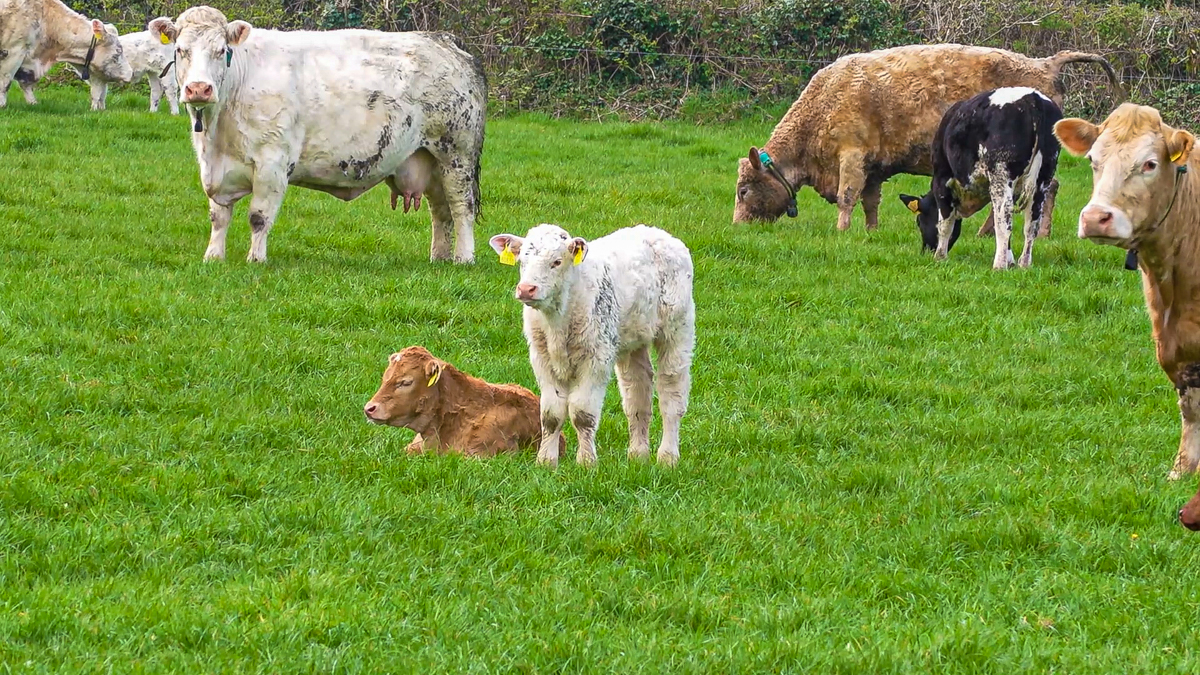Bovine tuberculosis (TB) reactors in Ireland fell from 22,614 in 2020 to 20,931 last year, according to figures released by the Department of Agriculture, Food and the Marine (DAFM).
The herd incidence rate in the state dropped from 4.38% to 4.33% in 2021. The highest rate was recorded in west Co. Wicklow at 18.11%, while in the east of the county, it was 8.34%.
North Co. Cork followed at 8.76%, while the south of the county recorded a 6.06% rate. The herd incidence in Tipperary north was 5.75% and 4.48% in the south. Both counties also accounted for the largest cattle population nationwide in 2021.
The highest number of TB reactors in 2021 was recorded in Co. Cork at 4,823, followed by counties Tipperary (1,967); Wicklow (1,519); Kerry (1,282); and Galway (1,070).
A total of 9,275,921 tests were conducted on animals last year, compared to 9,086,934 in the year previous. These tests have resulted in a drop of 1,683 TB cases within one year.
In 2020, TB reactors in Co. Cork stood at 3,951, followed by counties Tipperary (2,458); Wicklow (1,224); Kerry (1,201); Westmeath (1,192); and Galway (1,190).
The number of herds restricted nationwide by December 31, 2021, was 2,721, compared to 2,673 in 2020. Restricted herds since January 1, 2021, fell slightly from 4,753 to 4,675 in 2021.
Most herds restricted by December 2021 were recorded in counties Cork (478); Tipperary (217); Meath (175); Galway (164); and Westmeath (131).
In stark contrast, the 2021 incidence rate in Northern Ireland (NI) reached 8.85% compared to 8.44% in the previous year, according to the Department of Agriculture, Environment and Rural Affairs (DAERA).
A total of 1,827,749 animals were tested for TB in NI in 2021, compared to 1,720,280 animals in 2020.

